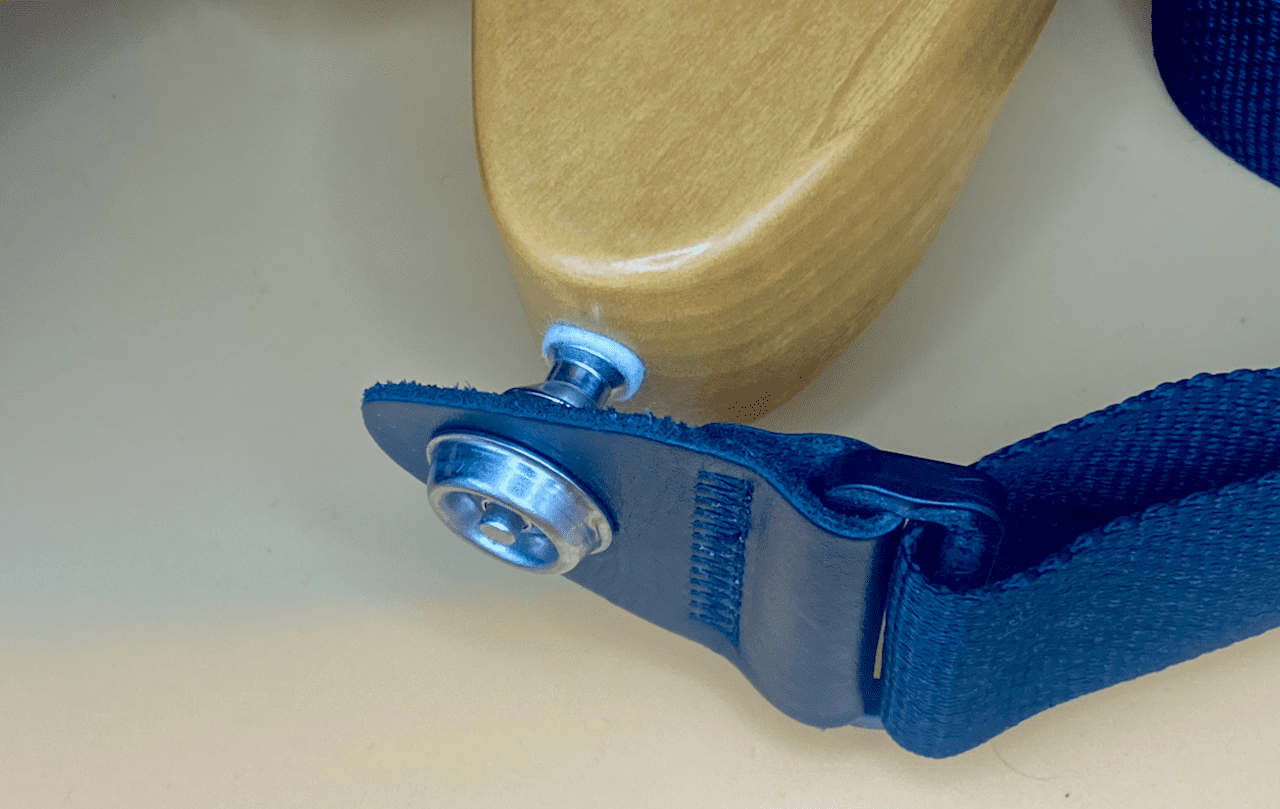So what's the difference between a Factory setup and a Pro setup?
Factory setup verses Pro setup phrases always seem to get confused with each other. When you buy a new instrument, generally it will come with some kind of setup and quality check done to it. The instrument show play correctly and be structurally sound. But it that it? Lets’ look at the differences and how you may be able to improve your playing just by turning a screwdriver!
The Factory Setup
A factory setup is the most basic form of guitar setup. Like the name suggests, it is a setup done at the factory as the final part of the instrument’s manufacture. It is fairly mathematic in origin, taking everything from scale length and neck relief to string height and even pickup height as a standardised measurement. All of the guitars are setup to these measurements. When the guitar is set up in this manner it should be totally playable. The setup is also a way of creating a standardised test for the guitar. It allows the Quality Control department to test everything on the instrument. The wiring and pickups can be tested. With a simple play-test, the neck and frets can also be tested to see if the guitar has any fret buzz or chokes out when bending. If all of these things pass, then the guitar it ready for shipping.
This type of setup is used in most mass production guitars factories. It allows them to have consistency and to quickly check the quality of the instruments being produced. While these factory setups are perfectly fine, with a completely playable instrument as a final product, there is something more that can be done…

The 'Pro' Setup
Although the pro setup follows basically the same idea as the factory setup, the pro setup is far more personal. It is really about how the guitarist plays his own guitar rather than what a rule book says.
So many people call it a ‘Pro Setup’ because they normally look to employ a tech to make the adjustments for them. The term ‘tailored setup’ is probably more accurate.
A pro setup focuses on how the guitar feels to the player. Lots of things will effect a setup like this:
- String gauge
- Tuning
- Pickup height
- String action
- Neck relief
All these things will need to be discussed with the player before and during the setup.

The setup should usually be in two parts. First the general setup work is done. The guitar is retrung and set up roughly to where the player would want it. At this point the intonation can be set, but it’s not completely necessary. Then the player gets to play it just like they would normally; so if they stand up most of the time, there’s no point in setting it up when they are sitting down.
Adjustments can be made until the guitarist is happy. But it’s not over yet.
Further adjustments can be made to push the setting in other directions. From changing the string gauge to lowering the pickup heights. Maybe lowering the neck relief or raising the string action. You could even think about adding wiring mods such as treble bleeds or changing tone caps, just to see if the player prefers the previous settings. You never know, they might find it even better than they thought. This is also the time when you could experiment with different string gauges if you wanted to.
As long as you have taken down the measurements as you have worked through the setup, back-tracking is not a problem.

















